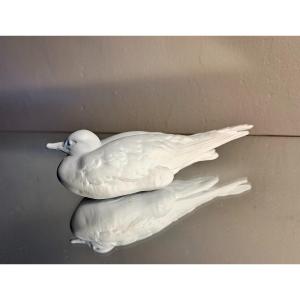Of great finesse like all his works.
Signée et marque de Sèvres en creux et daté
Length: 15.5 cm
Ytiga Noumata began his apprenticeship at the Tokyo School of Fine Arts where he specialized in realistic zoomorphic representations. He studied French with the aim of training in France and obtained trainee status at the Manufacture de Sèvres. He realizes that ceramics can be a means of sculptural expression and that it should not be limited to the anecdotal framework of the small decorative object. The sculptor also shows his desire to adapt the Sèvres processes to a more Japanese iconography. It was with Auguste Rodin, with whom Noumata worked in 1905 and 1906, that he perfected his skills in clay modeling, before his return to Japan where he played a fundamental role in the revival of ceramics and sculpture. He stayed a second time in Sèvres in 1921. He is generally considered the founder of ceramic sculpture in his country. The first Japanese to receive the Legion of Honor, he created around twenty sculptures during his two stays at the Manufacture nationale de Sèvres.




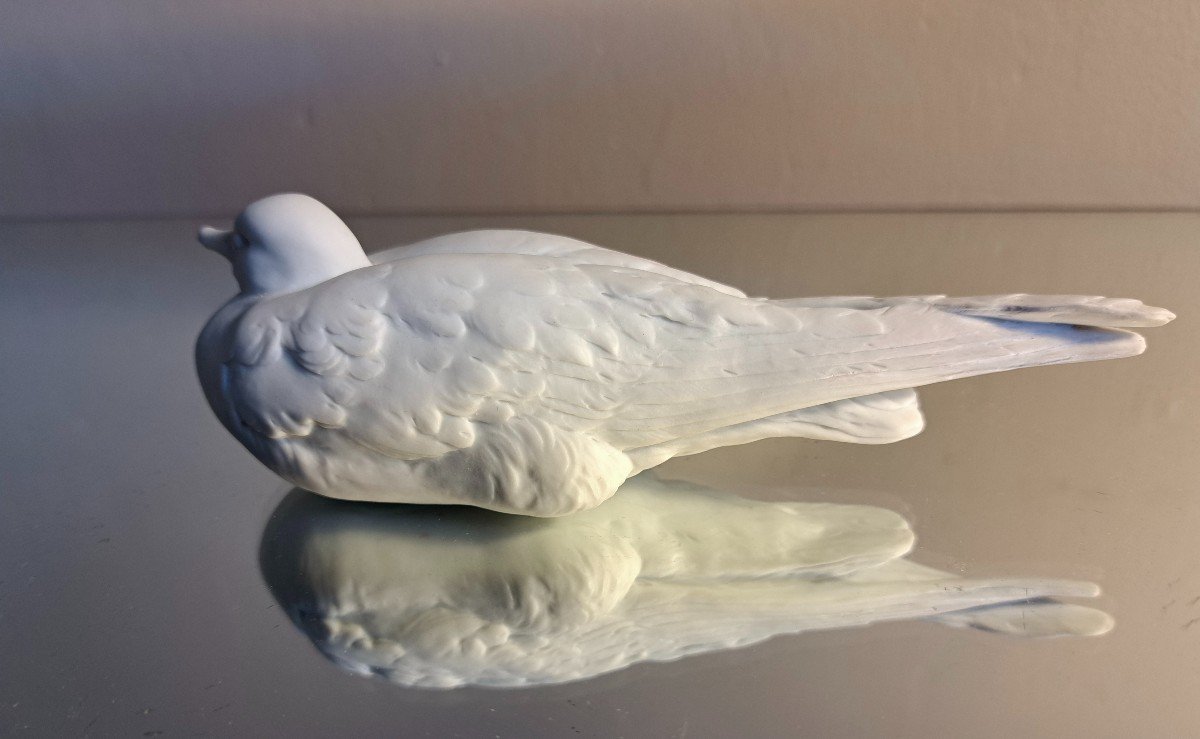
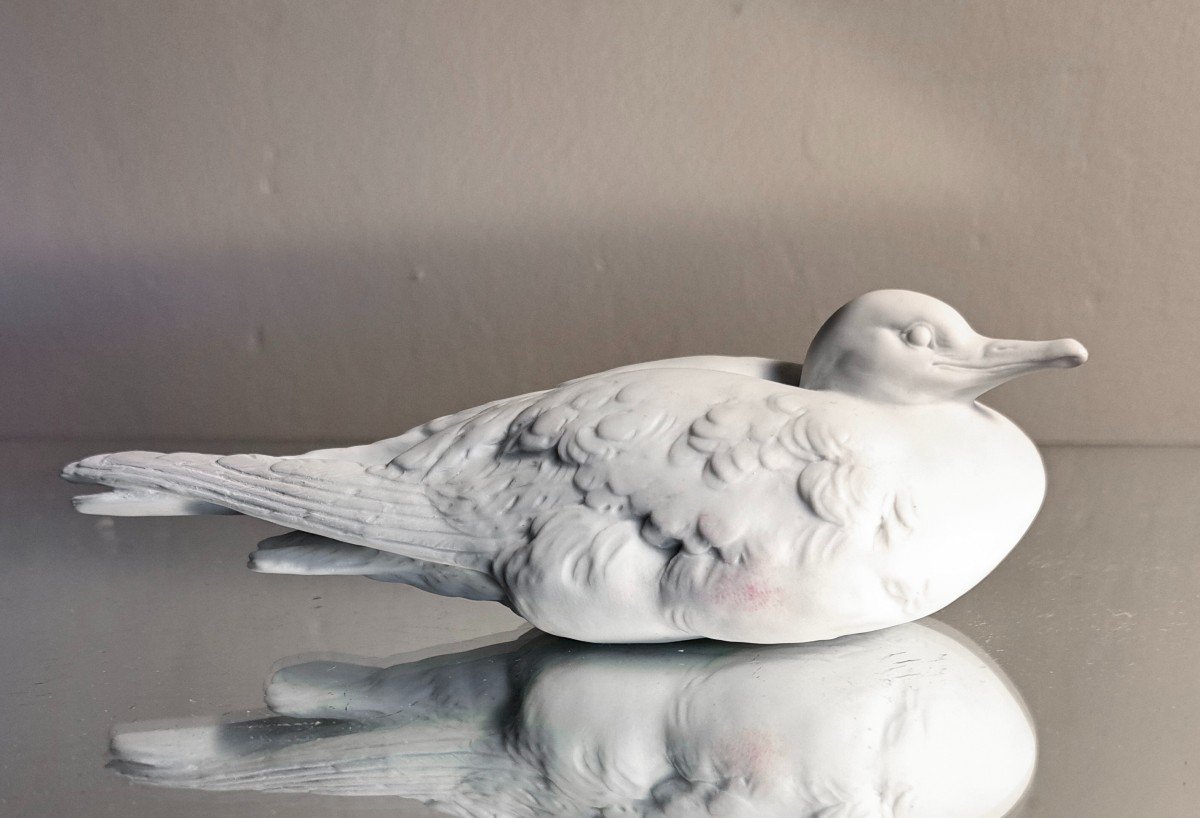
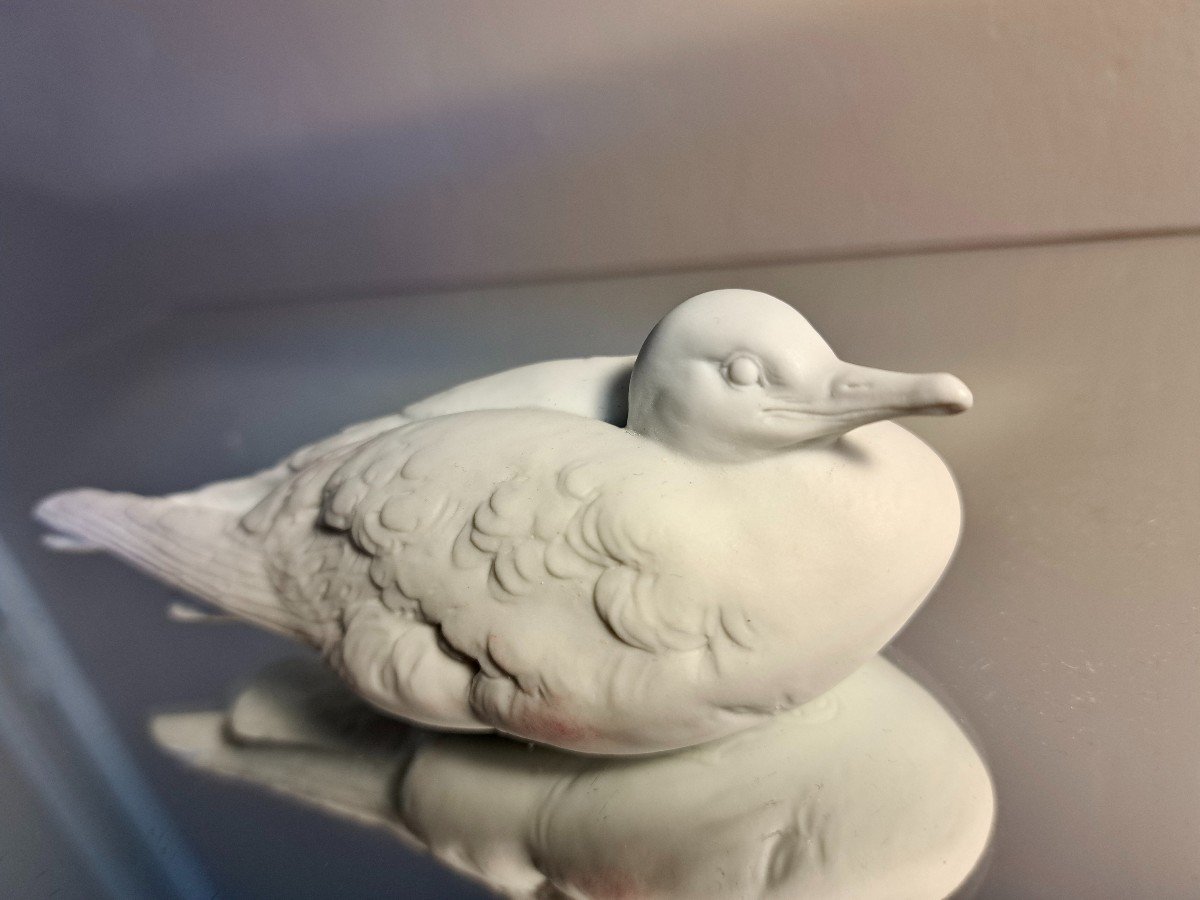
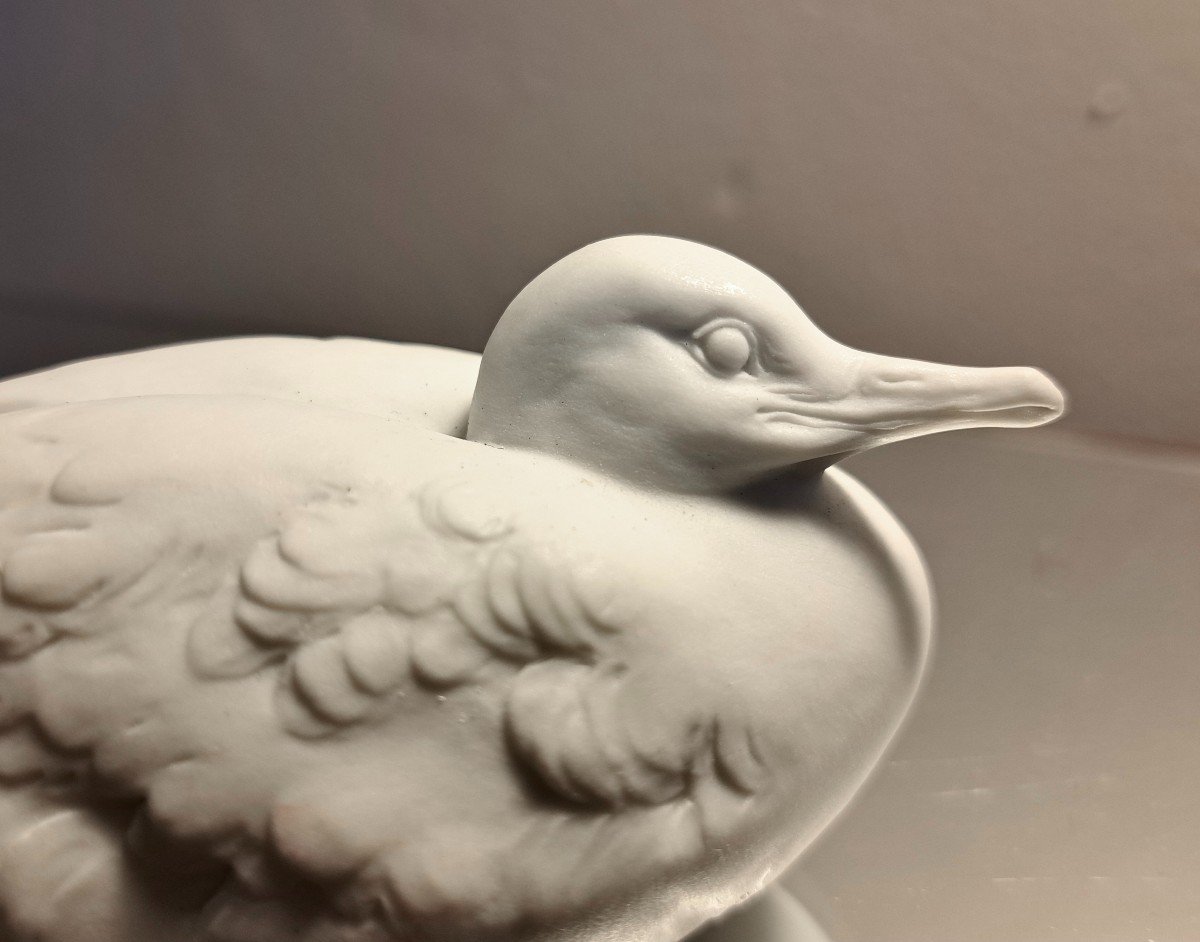
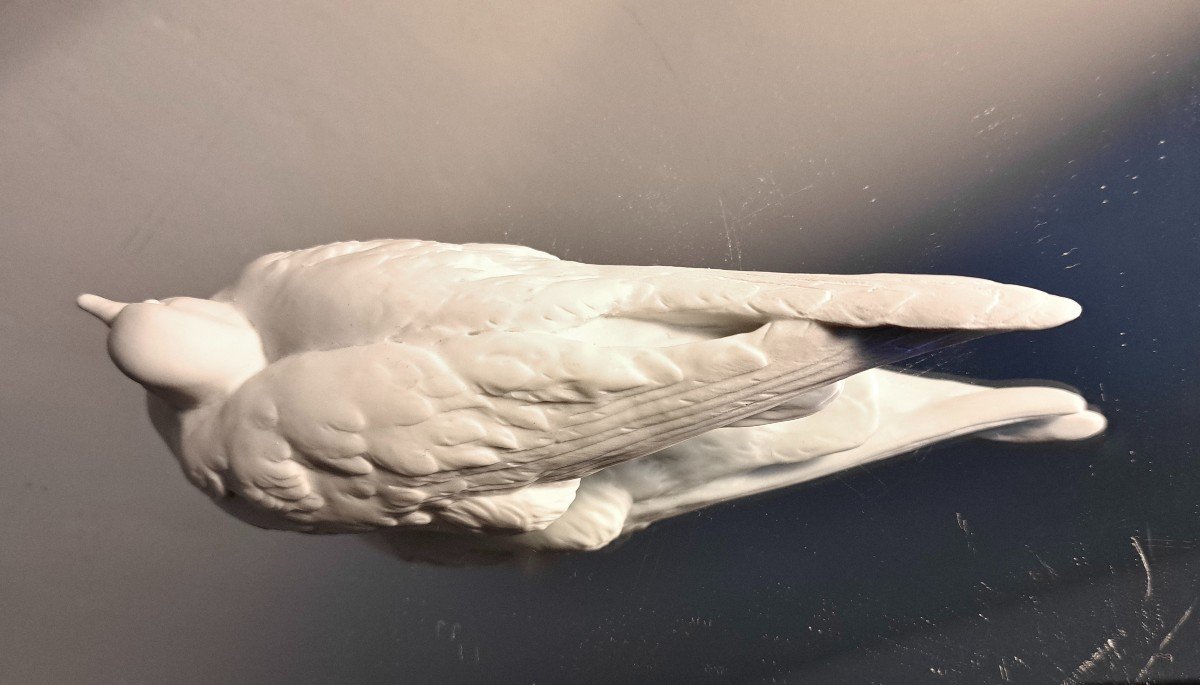
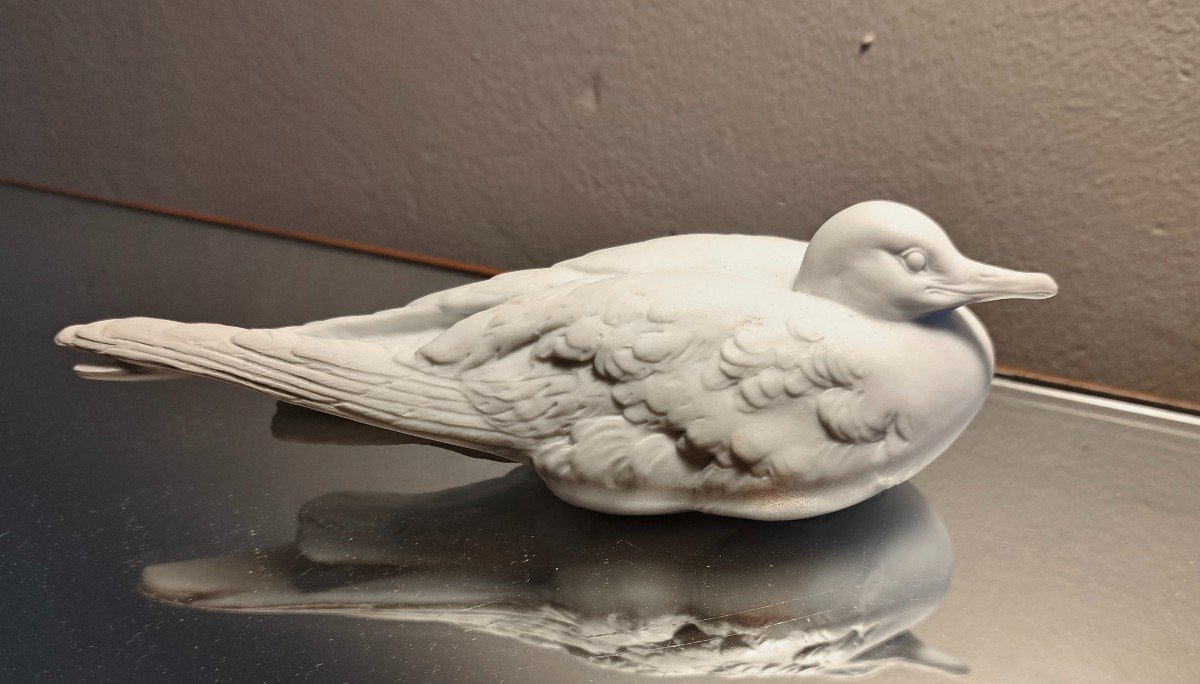
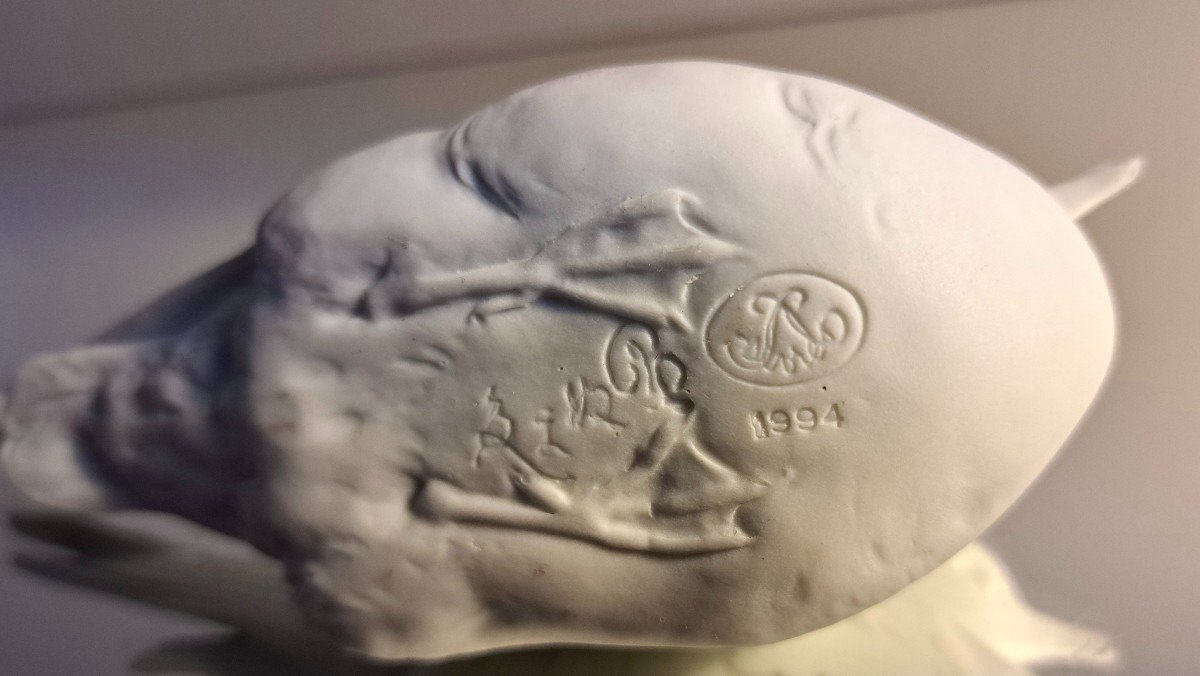


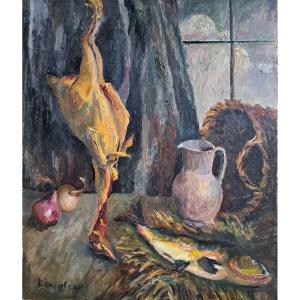

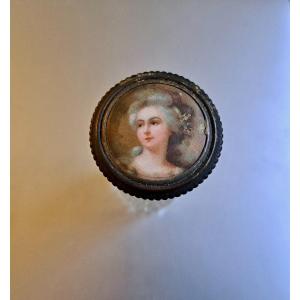










 Le Magazine de PROANTIC
Le Magazine de PROANTIC TRÉSORS Magazine
TRÉSORS Magazine Rivista Artiquariato
Rivista Artiquariato
